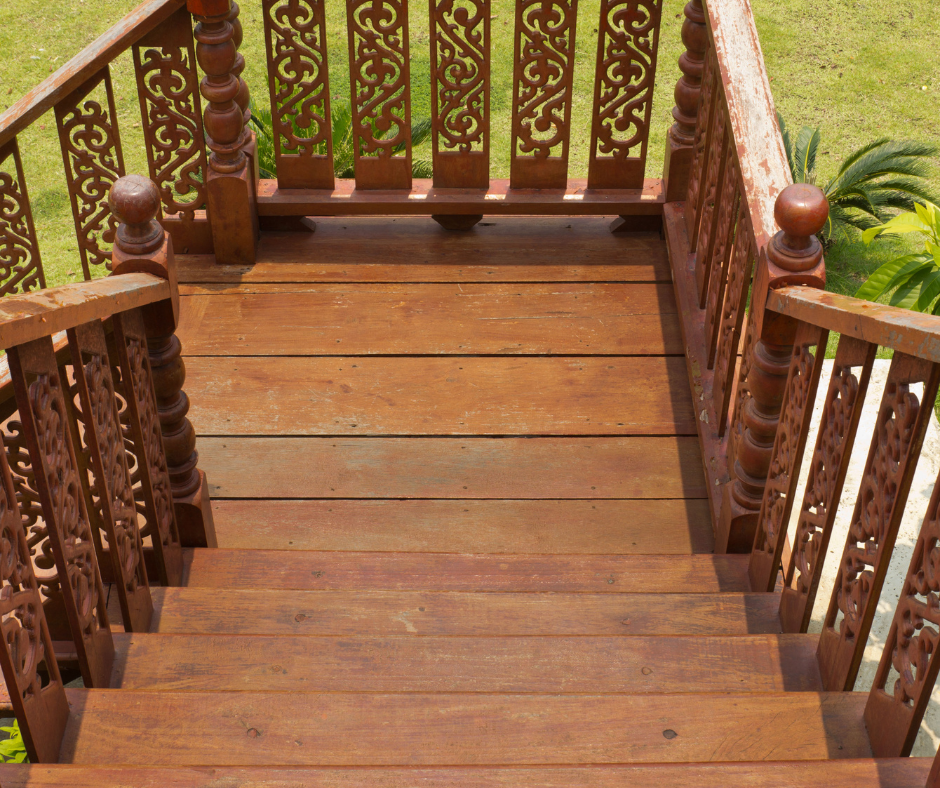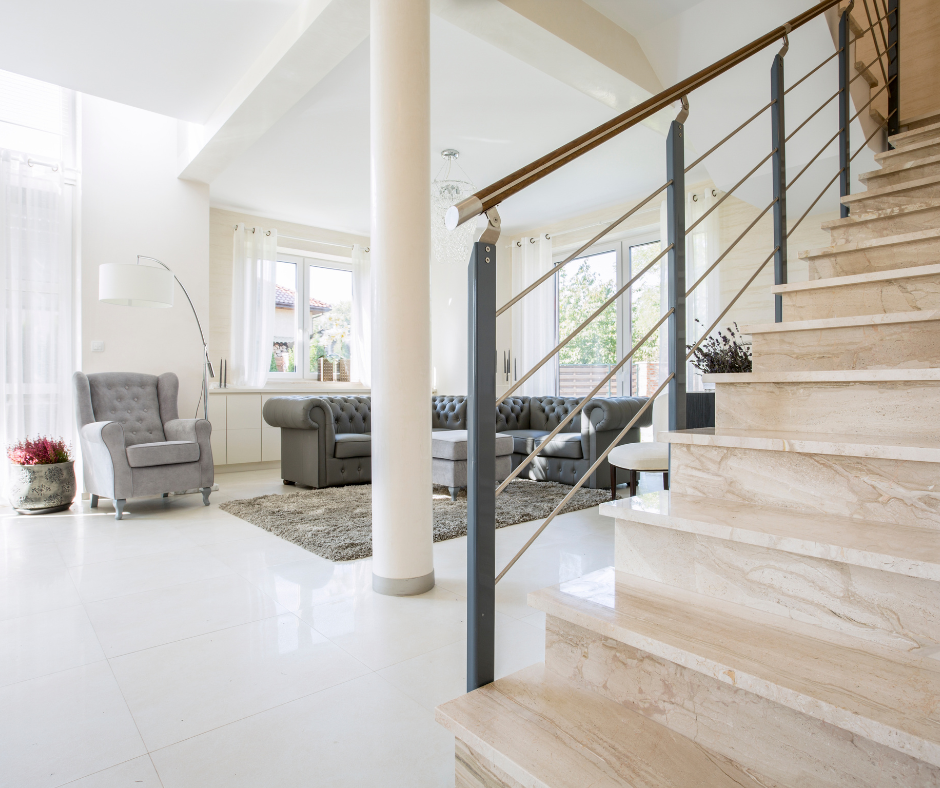The maximum overhang on stair tread is an important measurement for both safety and design in staircases.
This overhang, often called the nosing, extends slightly beyond the riser to give each step added comfort and stability.
For homes with landings, the right overhang ensures each step remains easy to navigate without adding bulk.
Building codes specify an ideal range for overhang measurements, helping stair treads offer a balanced, safe, and attractive look.
What Is the Maximum Overhang on Stair Tread?
The maximum overhang on stair treads—the measurement of how far a tread extends beyond the riser—falls between ¾ inch and 1¼ inches.
This building code range provides enough space for comfortable footing without creating a tripping hazard.
Adding a nosing in this range helps balance function and appearance, making stairs easy to navigate up or down.
Why Does the Overhang Matter?
An effective overhang on stair treads enhances both safety and design.
Each step’s edge is more visible with a slight extension, reducing missteps by giving each tread extra foot space.
This slight overhang also adds a refined look to your stairs, allowing you to customize each step for a cohesive, stylish design.
What Are the Building Code Requirements for Stair Tread Overhang?
The International Residential Code (IRC) helps make stairs safer by setting these requirements for tread overhang:
- Minimum Overhang: At least ¾ inch.
- Maximum Overhang: Up to 1¼ inches.
- Consistency: Variance between overhangs should not exceed 3/8 inch, ensuring a uniform look and feel across the staircase.
These code guidelines ensure a safe, comfortable stepping experience with enough toe space for both ascending and descending stairs.
Carpeted stair landings, for example, should still follow this range to prevent tripping and keep the steps comfortable.
Benefits of Stair Tread Overhang
Enhanced Safety
The overhang offers a natural stopping point for each step, providing extra surface space for stable footing.
This projection creates a visible edge for each tread, lowering the risk of missteps while moving down the stairs.
Added Comfort
A well-measured overhang allows more room for your toes when going up and for your heels when descending.
Without increasing the full tread depth, this added comfort makes stairs feel more supportive.
Visual Appeal
An overhang on each tread adds depth and polish to your staircase.
Whether finished with wood or carpet, the overhang adds a cohesive, polished look that enhances overall design.
Special Considerations: Materials and Stair Tread Side Overhang
Stair Tread Side Overhang
For open-sided staircases, the tread can also overhang slightly on the side to cover the stair’s edge.
While not required, this side overhang is popular for stairways with open sides, and it typically matches the 1¼ inch maximum of the front tread nosing.
This design choice enhances the staircase’s overall appearance by adding an additional, matching element.
Carpeted Stairs and Overhangs
When carpeting stairs, tread overhangs should still follow the ¾ inch to 1¼ inch range even though carpeting adds a bit of thickness.
Carpeted stair landings benefit from this overhang, which maintains comfort while preventing tripping hazards.
What Is the Difference Between Stair Tread Depth and Overhang?
- Tread Depth: Measures the total horizontal space of each step from back to front.
- Overhang (Nosing): Extends slightly past the riser, giving each tread a safe and finished edge without altering the tread depth.
Stairs with no overhang usually require a tread depth of 11 inches or more to achieve a similar level of comfort.
Steps to Success
Following these guidelines for maximum overhang on stair tread is essential for safe, comfortable, and visually pleasing stairs.
A consistent overhang within the building code’s range improves comfort, stability, and style, making each step as functional as it is beautiful.




